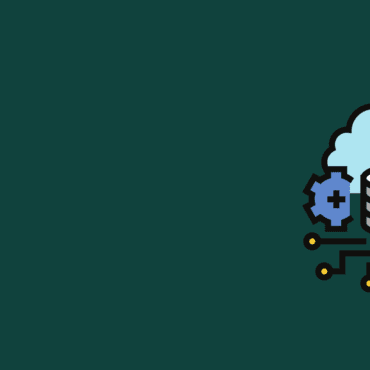Cloud computing has become an important aspect of many organizations’ IT infrastructures, offering numerous advantages such as scalability, flexibility, and cost-effectiveness. However, the increasing use of cloud technology creates more challenges for digital forensics investigators because evidence can be transferred across different locations, cloned and accessed through online interfaces.
What is Cloud Forensics?
Cloud computing Forensics is the process of gathering, analyzing, and storing digital evidence from cloud-based systems and apps. Cloud forensics is adapting standard digital forensics techniques and approaches to cloud environments. This entails analyzing a variety of data sources, such as system logs, network traffic, storage devices, and application data.
Cloud forensics is growing more significant as more companies rely on cloud-based systems and applications to store and process sensitive data. The ability to effectively investigate security events, data breaches, and other forms of cybercrime in the cloud is critical to ensuring the digital infrastructure’s integrity and protecting sensitive information.
Challenges in cloud forensics
Complexity and Diversity
One of the most difficult aspects of cloud forensics is the complexity and variety of cloud architectures, models, and operators. Cloud services may differ in terms of infrastructure, platform, or software products and services, as well as installation, configuration, and management options. Furthermore, cloud providers may use different rules, methods, and technologies to handle forensic requests, data access, and preservation. This means that IT security operations specialists must have a deep awareness of the cloud environment they are working in and adjust their forensic procedures and approaches accordingly.
Data volatility and availability
Another issue for cloud forensics is data instability and availability in cloud systems. Data on the cloud may be dynamic, temporary, distributed, or encrypted, making it difficult to identify, collect, and store in a forensically sound manner. For example, data can be erased, overwritten, or transferred by the cloud provider or the user, as well as kept in numerous locations or jurisdictions. Furthermore, data access and preservation may be dependent on the cooperation and reliability of the cloud provider, the user, or third parties, which can raise legal, ethical, or technical issues. As a result, IT security operations experts want reliable and quick methods for identifying, acquiring, and securing critical data in the cloud.
Data integrity and authenticity
Data integrity and authenticity in cloud systems are two linked challenges for cloud forensics. Data integrity refers to the accuracy and completeness of data, whereas data authenticity refers to the source and ownership of data. Both are critical to assuring the validity and admissibility of digital evidence in legal or administrative context. However, data integrity and authenticity can be compromised or challenged in cloud environments due to a lack of physical control, the involvement of many parties, or the use of encryption or compression techniques. As a result, IT security operations experts must have reliable and verifiable techniques for proving the authenticity and reliability of cloud-based data.
Data Privacy and Security
An additional challenge for cloud forensics is ensuring data privacy and security in cloud systems. Data privacy and security are the protection of data from illegal access, disclosure, or modification, as well as compliance with applicable laws and regulations. However, data privacy and security can be compromised or breached in cloud environments due to shared responsibility, multiple tenants, or the cross-border nature of cloud services. For example, malicious players, cloud providers, or other users may expose or breach data, or it may be subject to conflicting or confusing legal duties or requests. As a result, IT security operations experts have to establish sufficient and legal safeguards to protect and handle cloud-based data.
Tools and Standards
The final issue in cloud forensics is the development of cloud-specific tools and standards. Tools and standards refer to software and hardware solutions, as well as best practices and guidelines, which help in the forensic process and operations. Due to the recent development, complexity, and diversity of cloud services, cloud forensics tools and standards remain undeveloped, insufficient or inconsistent. Tools for cloud data collection, analysis, or presentation, for example, may not be compatible, scalable, or reliable, and cloud forensic methods or requirements may not be clear, accurate, or aligned with existing standards. As a result, IT security operations experts must maintain up-to-date and verified cloud forensics tools and standards.




Post comments (0)